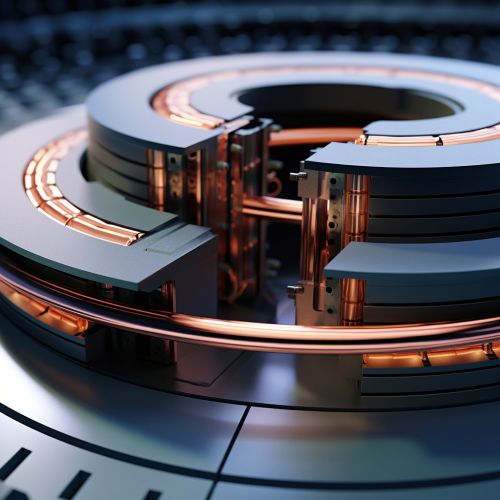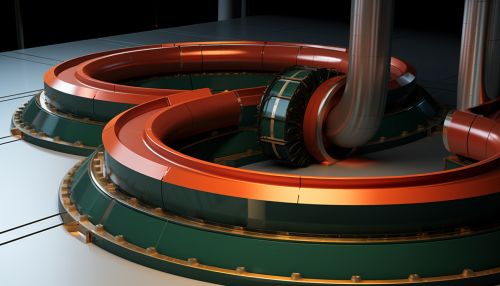Magnetic Random Access Memory
Introduction
Magnetic Random Access Memory (MRAM) is a type of non-volatile RAM that stores data by using magnetic charges instead of the electrical charges used by other types of RAM. Unlike other types of memory, MRAM retains its information when power is turned off, making it an attractive option for devices that need to store data permanently.
History
MRAM technology was first developed in the mid-1980s, with the first commercial MRAM chips not appearing until the early 2000s. The technology has evolved significantly since then, with newer generations of MRAM offering improved performance, lower power consumption, and higher storage densities.
How MRAM Works
MRAM stores data in magnetic storage elements called magnetic tunnel junctions (MTJs). Each MTJ consists of two ferromagnetic plates separated by a thin insulating layer. One of the plates (the reference layer) has a fixed magnetic orientation, while the other (the free layer) can have its magnetic orientation changed to represent a binary '0' or '1'.


Data is written to an MTJ by passing a current through the free layer, which generates a magnetic field that can align the free layer's magnetic orientation with that of the reference layer (representing a '0') or against it (representing a '1'). Data is read from an MTJ by measuring the electrical resistance of the MTJ, which is lower when the free layer's magnetic orientation is aligned with that of the reference layer and higher when it is opposed.
Advantages of MRAM
MRAM has several advantages over other types of memory. Because it uses magnetic storage, MRAM is non-volatile, meaning it retains its data even when power is turned off. This makes MRAM ideal for applications that require persistent storage, such as in embedded systems, IoT devices, and data centers.
MRAM also offers high performance, with read and write speeds comparable to those of DRAM and much faster than those of flash memory. Additionally, MRAM has virtually unlimited write endurance, meaning it can be written to an almost infinite number of times without degrading.
Challenges and Limitations
Despite its advantages, MRAM also has some challenges and limitations. One of the main challenges is the high cost of MRAM compared to other types of memory. This is due in part to the complexity of the manufacturing process, which requires precise control over the magnetic properties of the MTJs.
Another challenge is the relatively high power consumption of MRAM. While newer generations of MRAM have made significant improvements in this area, MRAM still consumes more power than other types of non-volatile memory, such as flash.
Future of MRAM
The future of MRAM looks promising, with ongoing research and development aimed at overcoming its current limitations and expanding its applications. One area of focus is on reducing the cost and power consumption of MRAM, which could make it a more viable option for a wider range of applications.
Another area of focus is on increasing the storage density of MRAM, which could make it a viable alternative to hard drives and solid-state drives for mass storage. With its combination of high performance, non-volatility, and potentially high storage density, MRAM could become a universal memory technology, replacing several different types of memory in a single device.
